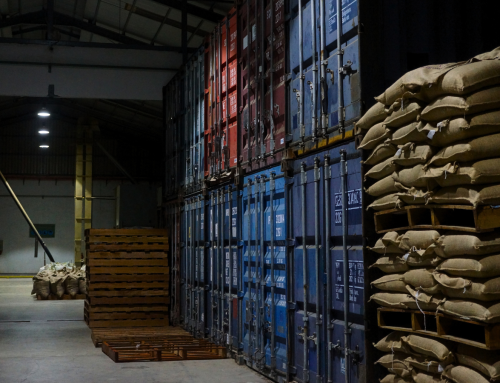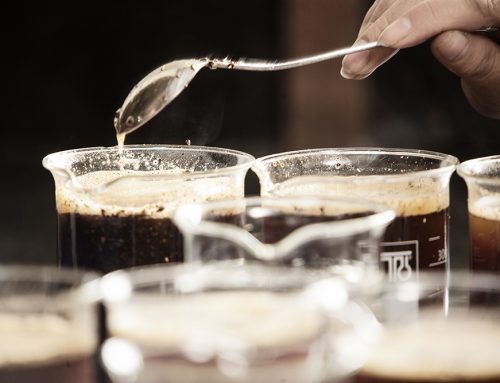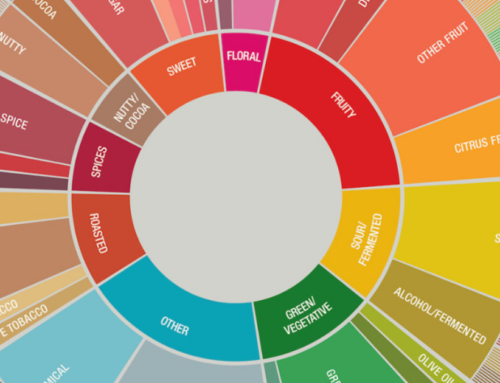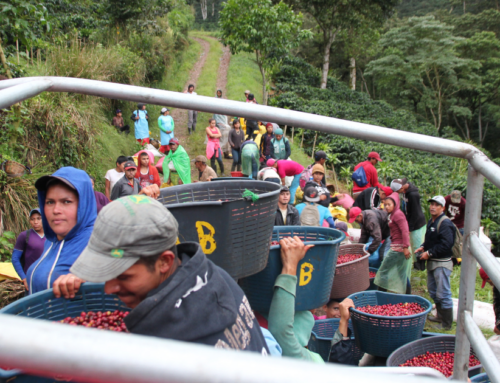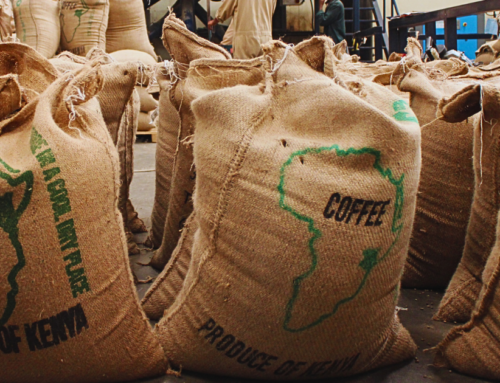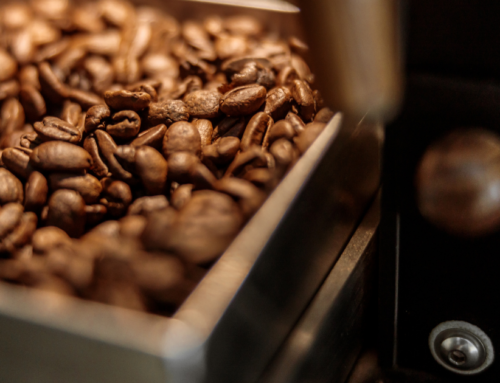For most of coffee history, Coffea canephora—better known as Robusta—played second fiddle to Coffea arabica (Arabica coffee), its high-grown cousin. Robusta was largely relegated to the likes of instant coffee and commercial blends, burdened by a reputation for harshness and low quality. But that narrative is shifting.
Global coffee production is evolving. So are consumer tastes, roaster preferences, and scientific tools for sensory analysis. At Genuine Origin, we’re seeing demand for Robusta grow. We are also seeing more specialty coffee roasters (eg – Blue Bottle) adding Robusta to their line up—and not just as a cost-effective option or a blend booster, but as a serious coffee in its own right.
Here’s why Robusta deserves a closer look.
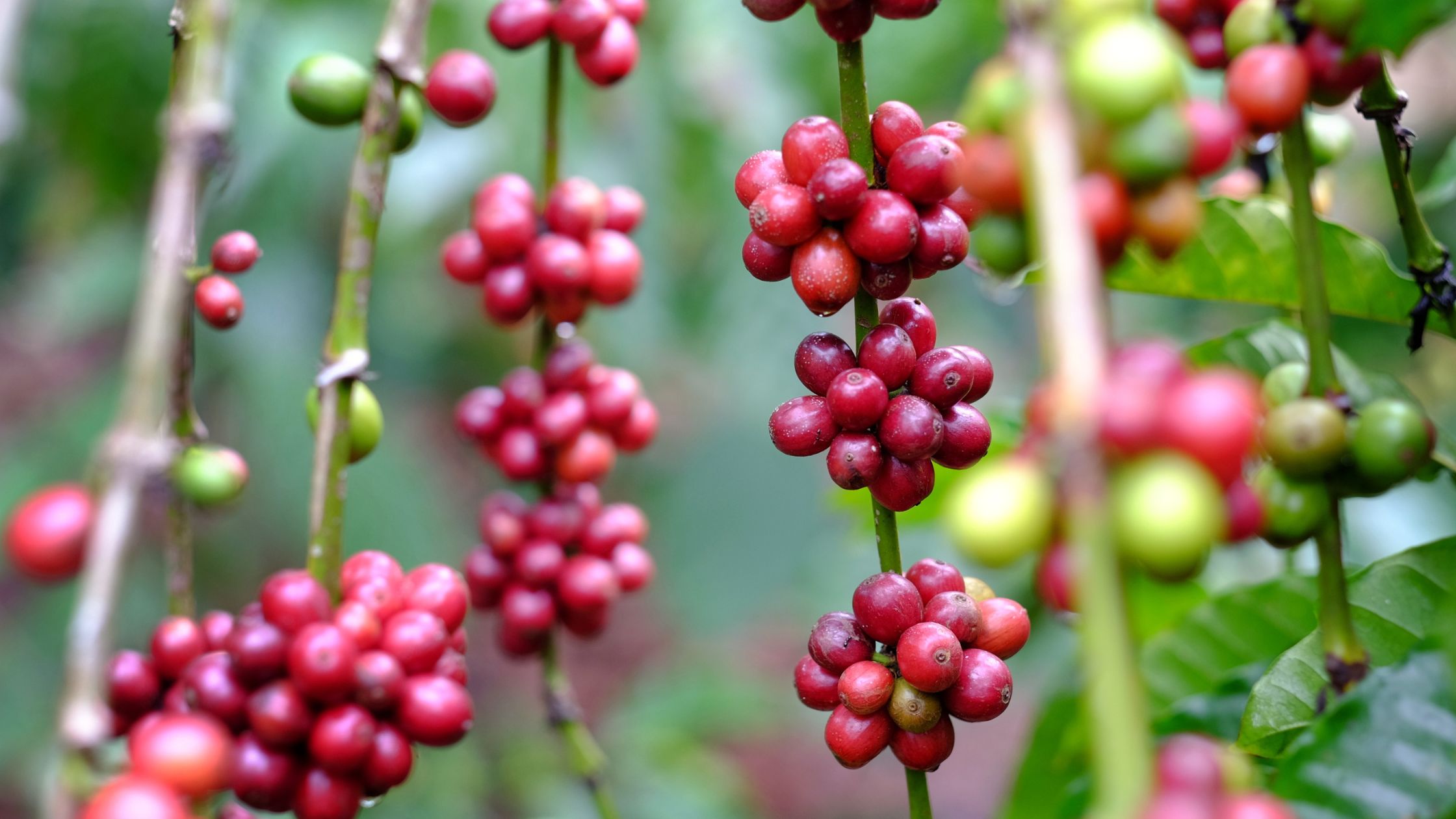
Robusta coffee cherries by Andris Hengki Picisa | Getty Images
Robusta by the Numbers: A Global Surge
Robusta’s global profile has risen dramatically over the past three decades. In the early 1990s, Robusta made up about 25% of global coffee production. By 2024, that number had grown to 44%. The reasons for this shift are both environmental and economic.
Robusta trees are naturally hardier than Arabica. They grow at lower altitudes, tolerate hotter temperatures and inconsistent rainfall, and resist many pests and diseases. These traits make Robusta a strategic crop in the face of climate change, especially in equatorial regions where weather patterns are increasingly unpredictable.
Robusta also delivers higher yields and requires less maintenance than Arabica—making it more economical for producers. In countries like Vietnam (the world’s largest Robusta exporter), Brazil, Indonesia, Uganda, and India, Robusta plays a central role in both domestic and export markets.
Vietnam leads the pack with nearly 29 million 60kg bags of Robusta produced annually. Brazil follows with around 21 million. But other origins are scaling up fast as the price of Robusta hovers at its highest level in decades.
Uganda and Indonesia: Scaling Production with a Purpose
Uganda: Native to Robusta
Uganda is the fourth-largest producer of Robusta globally—and it’s poised for more. The USDA has projected increased output in coming years, driven by improved farming practices and growing demand. A recent visit by Chinese investors to Uganda highlighted Robusta’s rising profile in global trade, especially as China’s coffee consumption continues to grow.
Robusta is also native to Uganda. It’s more than just an export crop—it’s a part of the country’s agricultural heritage. Farmers like Eugenio Ssenkindu, featured in a recent Volcafe Way sustainability video, are showing how Robusta can be both profitable and sustainable with the right agronomic support.
Indonesia: Gunning for the #2 Spot
Indonesia, currently the fourth-largest coffee producer overall, is making bold moves. Around 90% of its coffee is Robusta, and government officials have announced a goal to become the world’s second-largest coffee producer. Investments in infrastructure, processing, and farmer training are laying the groundwork for that growth.
A Bitter Reputation—and a Breakthrough
So why has Robusta historically been overlooked in the specialty world? Part of it comes down to taste. Robusta beans contain more caffeine than Arabica—nearly double in some cases. While this gives the plant its natural pest resistance (and a big energy boost in the cup), caffeine is also bitter. Robusta’s higher caffeine and lower sugar content have often led to bolder, earthier flavors with less perceived sweetness or acidity.
But labeling Robusta as “low quality” may have created a self-fulfilling prophecy. Because the market didn’t demand high-quality Robusta, producers had little incentive to invest in better processing or cultivation methods. That, in turn, reinforced negative perceptions.
Now, a new scientific tool is helping to challenge those assumptions.
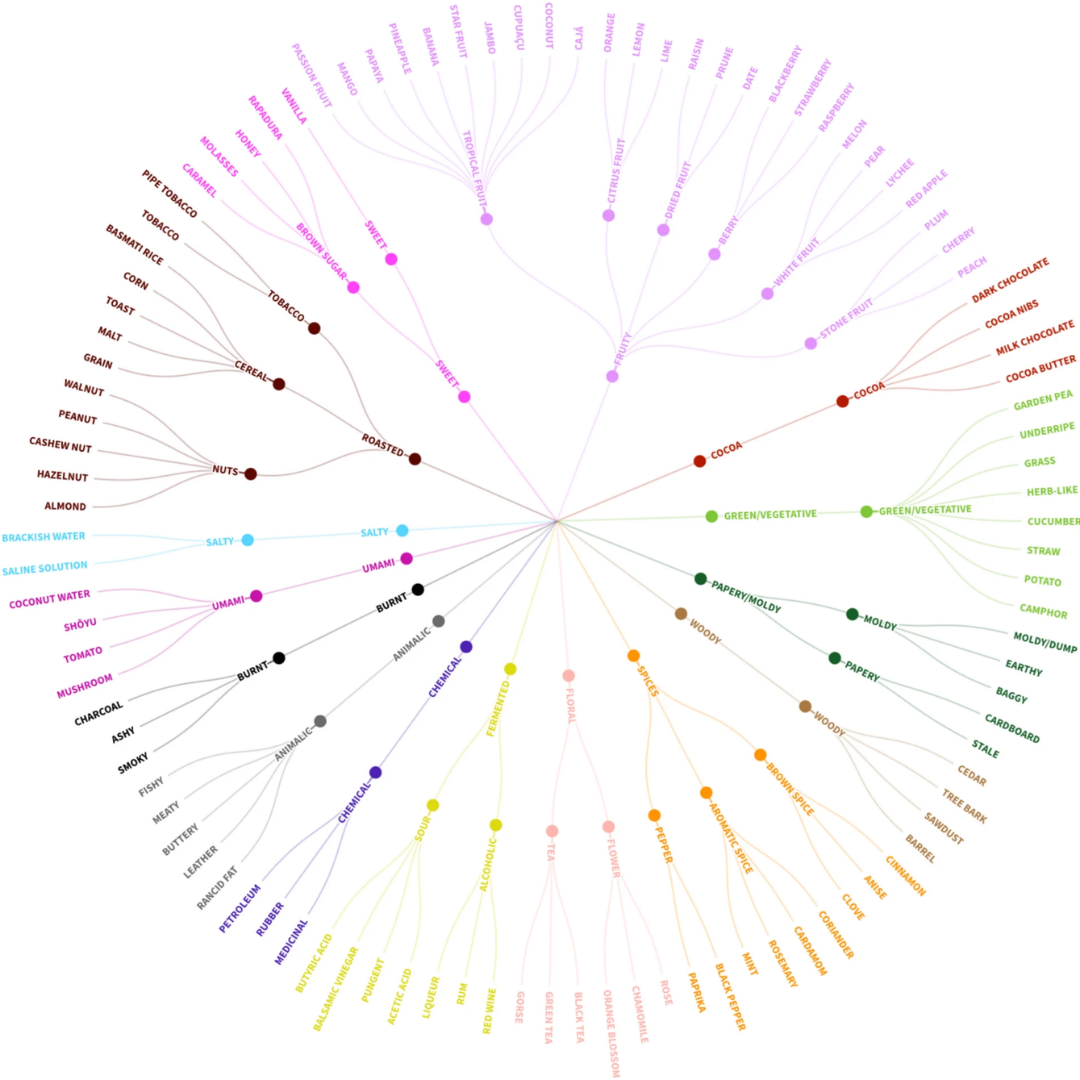
The final Coffea canephora (Robusta) flavor wheel includes 103 descriptive terms
The Robusta Flavor Wheel: A Tool for Transformation
A team of researchers recently developed the first dedicated Coffea canephora Robusta flavor wheel. The study evaluated 67 Robusta samples from 13 countries, processed both wet and dry, and assessed by 49 expert cuppers across Brazil and Switzerland.
Using the Rate-All-That-Apply (RATA) method and CQI cupping protocols, tasters identified 103 unique aroma and flavor descriptors—organized into a three-tiered sensory wheel. Categories ranged from “roasted” and “sweet” to “fruity,” “cocoa,” and “spicy,” offering a much richer language for describing Robusta than ever before.
Interestingly, the study also revealed differences in how exporters and importers perceived Robusta samples—suggesting cultural and contextual biases in flavor assessment. By providing a standardized sensory framework, the flavor wheel empowers producers, buyers, and roasters to speak a common language and explore Robusta’s full potential.
What Does Robusta Taste Like?
While Robusta’s flavor varies by origin, process, and roast level, some general characteristics are consistent:
- Higher caffeine content (1.7–4% vs. 0.8–1.4% in Arabica)
- Lower acidity
- Bolder, more bitter flavor due to caffeine and chlorogenic acid content
- Notes of earth, spice, wood, and dark chocolate
- Heavier body and more crema in espresso
Many specialty roasters include Robusta in blends to add body, boost crema, and intensify the caffeine content. In espresso especially, a small percentage of Robusta can create a thicker, richer shot.
What About Hybrids?
Robusta’s genetics have contributed to some of the most important Arabica hybrids in coffee breeding.
The Timor hybrid, a natural cross between Arabica and Robusta discovered on the island of Timor, led to the development of high-yield, disease-resistant varieties like Catimor, Castillo, and Colombia. These cultivars now make up a significant portion of coffee grown in Latin America—and are key to future climate resilience.
A New Era for Robusta
As the global coffee industry seeks resilience, equity, and flavor diversity, Robusta has an important role to play. With the right tools—like the new Robusta flavor wheel—and a willingness to challenge old assumptions, we can unlock a whole new dimension of coffee potential.
From the sustainable farms of Uganda to the ambitious goals of Indonesia, from booming demand in China to specialty roaster acceptance in the U.S., Robusta is no longer the underdog—it’s a rising force in specialty coffee.
Want to go deeper on Arabica vs. Robusta and other species of coffee? Read our full guide on Arabica vs. Robusta here.

